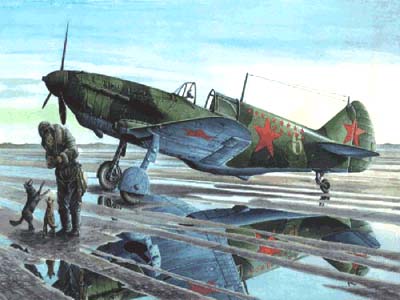
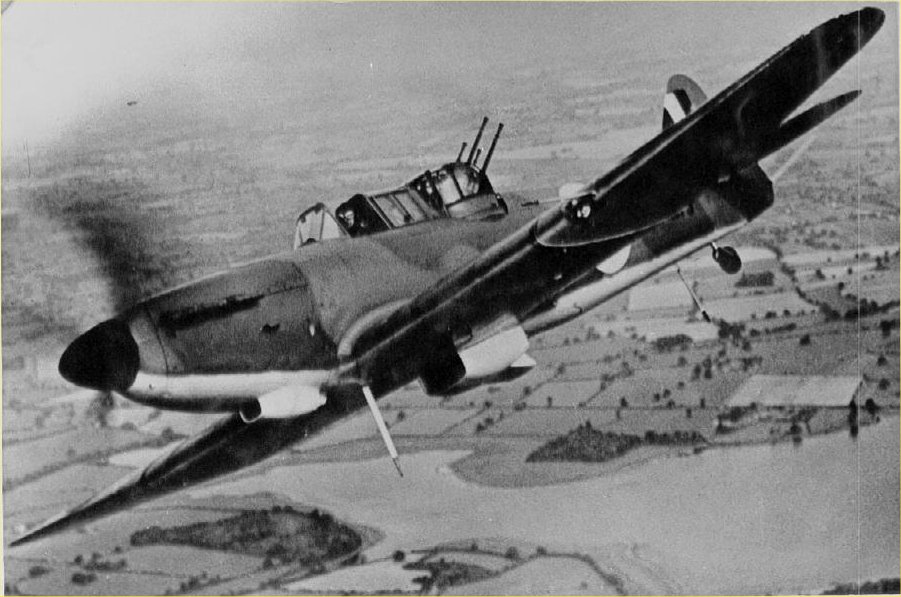
The Soviet Lagg-3 was heavy and underpowered, but the Boulton Defiant was a fighter that had no front firing guns, just that rear turret.
The Brewster Buffalo is a candidate.
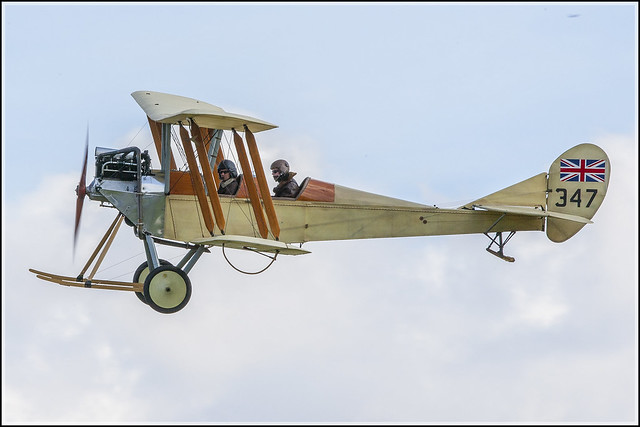

The BE-2 that the article refers to was an early observation plane, not a fighter, that was a favorite target for the 1st fighter, the Fokker Eindekker.
The Brewster Buffalo had an exemplary record with the Finns fighting against the Soviets.
The Bell P-39 Airacobra must come close to being one of these “worst fighters.”
Whoa there my FRiend:

It is amazing how the lesson never stays learned.
The P-38 had some success, particularly in the Pacific. It was the best long range bomber escort until the P-51s reached Europe.
Me-110 was excellent in the fighter-bomber role, especially when equipped against tanks.
But that isn’t what it was initially designed for. It was a “better than nothing” proposition for bomber escorts.
When allowed to “free-range’, they did quite well.
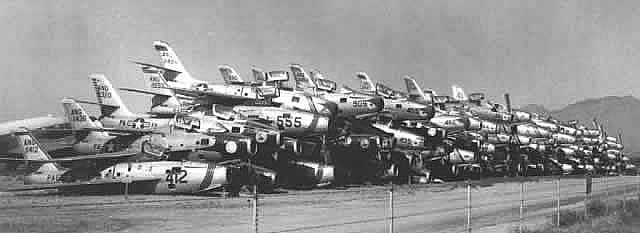

Then there was the Bloch MB.150, the prototype couldn't even get off the ground, it was still a turkey by the time of the German invasion in May 1940
I am not good at posting pics, but the italian aerflotte fighter..MAcchi C200, was a bit of a sled....
I’m now reading “My Br4other’s Keeper” - about foreign pilots fighting the 1948 Israeli War of Independence with the ragtag aircraft the Israelis were able to scrape up - specifically the underpowered ME109s from Czechoslovakia.
Seems the Czechs main plant that made the excellent original powerplant for the ME109 burned down and so they used under-powered Junker engines instead.
Pilot said that on takeoff the plane had a tendency to loop to the left and on landing, loop to the right. They still were ably to knock down some Egyptian Spitfires though. An ideological and gutsy bunch.
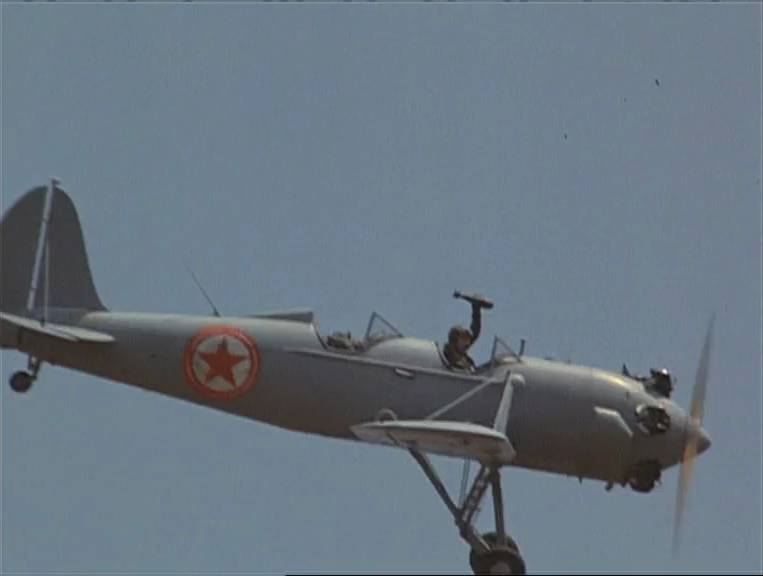
Self-ping.
“...Flying a fighter is remarkably dangerous, even when no one is trying to shoot you down.
Engineering a capable fighter plane is also a struggle. ...”
(from author Farley’s original article at The National Interest blog).
First, forum members ought to ask: who is Robert Farley, and why should anyone take his assertions seriously? His author profile page at TNI calls him a “senior lecturer” at U of Kentucky. In law, military doctrine, “national security,” and maritime affairs.
Second, historical analysis cannot look at “fighter planes” in the abstract, as author Farley does. Doing so completely misses the central fact that fighters were (and are) weapons, employed by specific users in the armed forces of specific nations at specific points in time, against specific adversaries for specific durations.
Each of those items affects the outcome as much as any other aspect: a researcher attempting to rank one fighter as “better” or “worse” than any other has no overarching attributes to look at. Fighter forces - all forces - go into action as an undifferentiated whole.
Fighter aviation developed ad hoc, driven by battlefield imperatives from 1915 onward. It was never a deliberately developed military capability, dreamed about in isolation, imagined in advance, built up to satisfy preconceived purposes.
Building best-worst lists is diverting, but cannot shed light on the topic.
The F-35 comes to mind, so I hope it will mature into a winner.
The P-38 was a very good platform and did it’s job very well..............
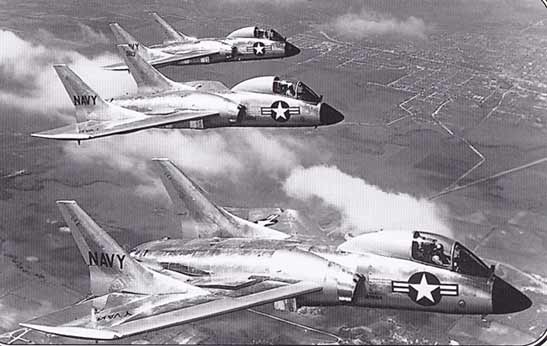
Worst: F7U-1 Cutlass (which despite similarity of name only shared the same shape)